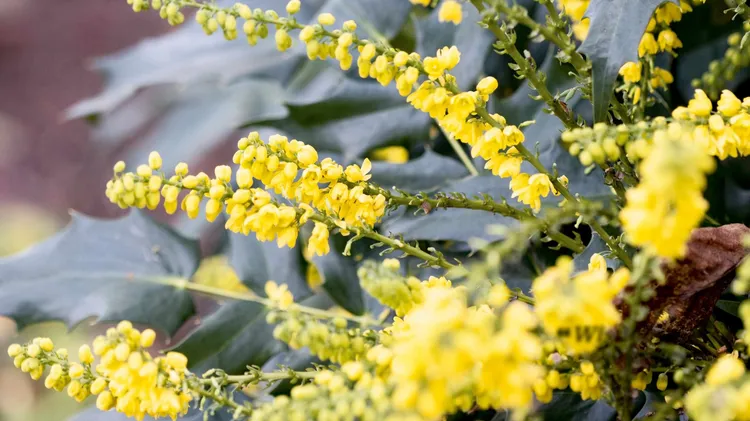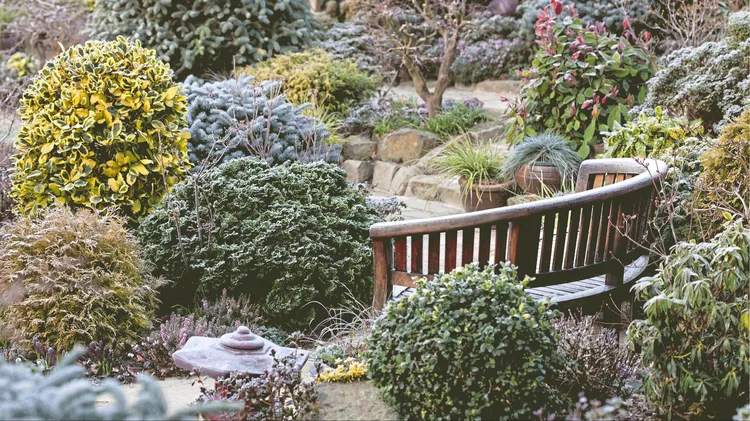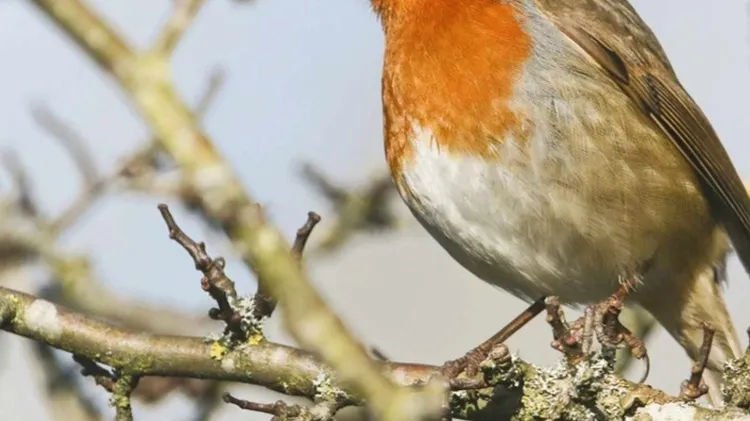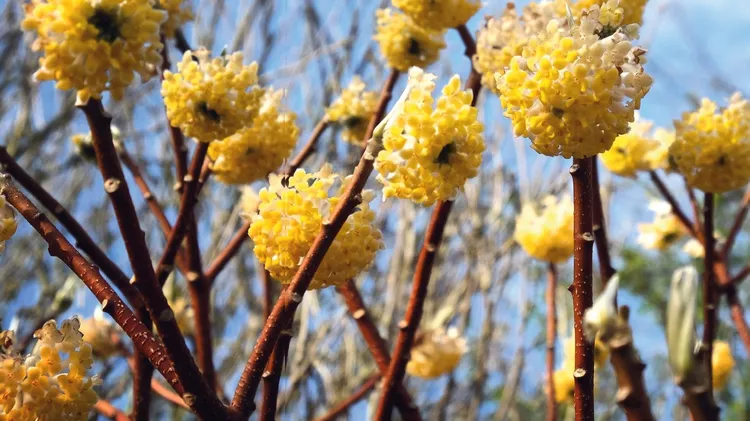Brighten your garden or windowsill and nourish hungry bees through
Bee-friendly winter flowers
4 min read
This article is from...
Read this article and 8000+ more magazines and newspapers on Readly






